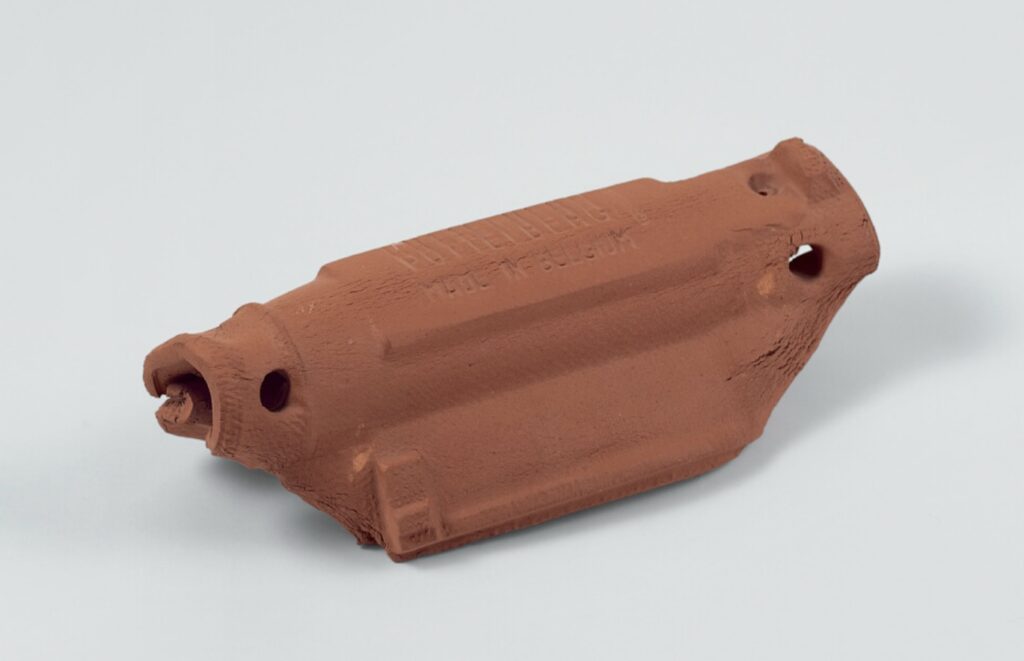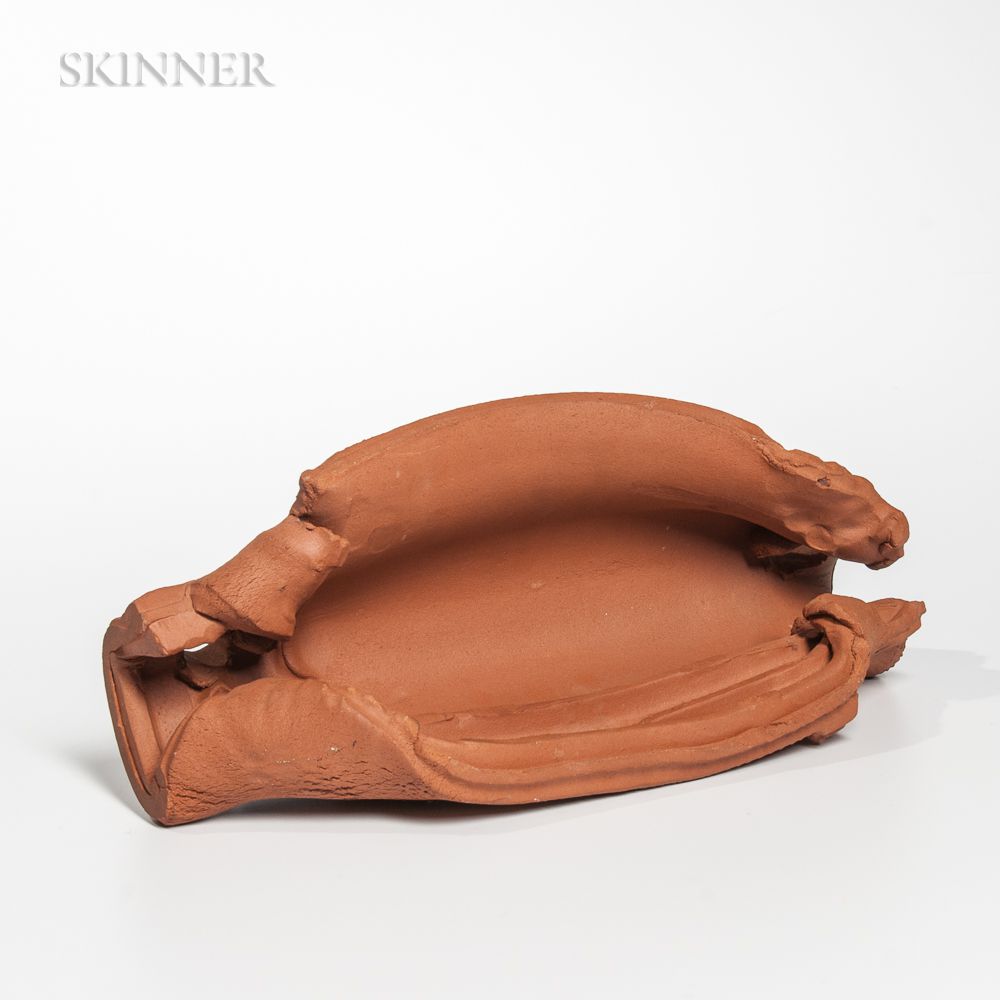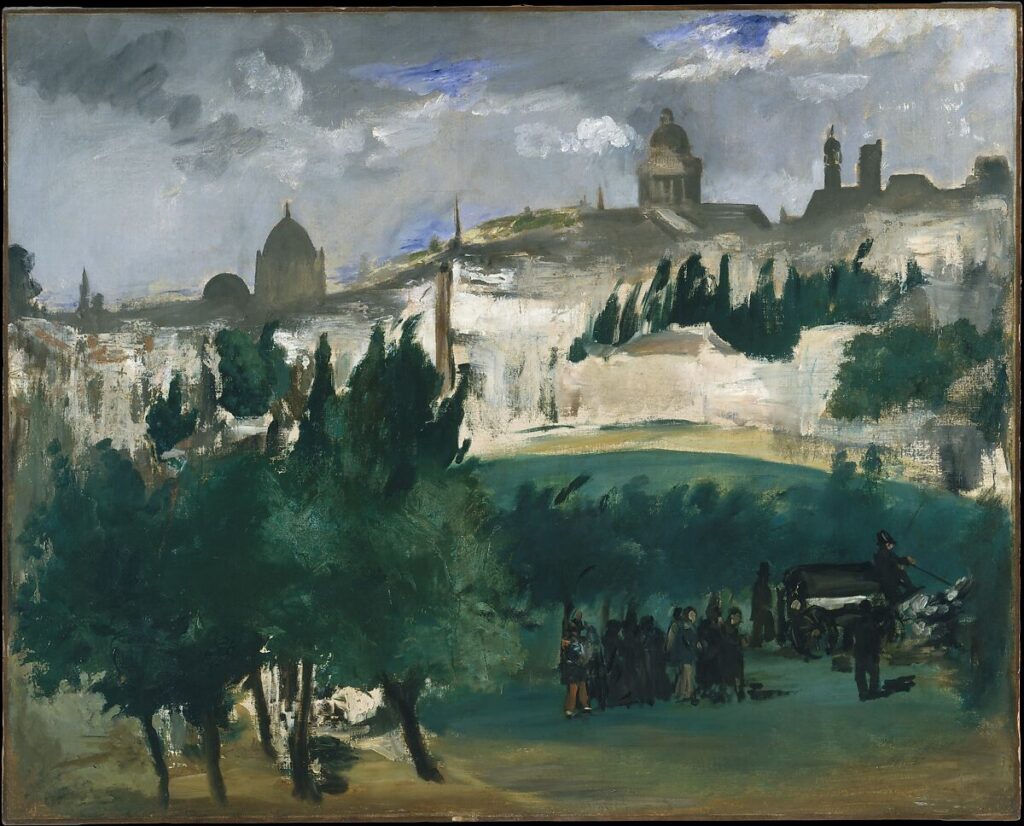![what happens when you want the unique work, the bigger work, instead of the edition, is you might end up with the more boring work, like rosa de la cruz [rip] did with this set of 16 terra cotta tiles which gabriel orozco poked with his finger a few times each. no disrepect, and these are definitely the best ones selling this week (december 2024), but the other ones are better](https://greg.org/wp-content/uploads/2024/12/gabriel-orozco-pluie-delacruz-christies-2024-1024x732.jpg)
In 1993 Gabriel Orozco made sculptures by poking, clawing, and bending ceramic roof tiles on the Pottelberg factory floor in Coutrai, Belgium. Then they went into the kiln, fixing the artist’s slight gestures, marks, and even fingerprints forever. Or at least as long as you take care of them.
At least two variations resulted:
Pluie de Doigts (Rain of Fingers), was a group of sixteen flat, interlocking tiles, in which the main gesture was Orozco poking the clay with his fingers. Though a couple of the tiles show a little more aggressive manipulations, the overall effect of the stacked tiles is of the slightness of the raindrops’ traces.

There was also a group of fourteen half round tiles, with the title of the foundry’s stamp, Made in Belgium. They were each clenched in intimately ominous ways that evoked the clay lump of one of Orozco’s earliest masterworks, My Hands are My Heart (1991); and torqued into forms that Richard Serra would later explore in steel on another factory floor years later.

These were exhibited as an installation scattered across the floor of the vaulted cave of Chantal Crousel’s Paris gallery, but were sold individually, as unique editions.
So this body of objects is scattered, and their relationships and this installation, are basically lost. And the ostensibly more significant unique sculpture, which is fine but whose interventions are ultimately less interesting, is acquired by a privileged collector, and preserved and promoted—and is now to be purged.
This paradox is acute with Orozco’s work, which has often found extraordinary beauty in the most ephemeral gestures or fleeting observations that run counter to the market’s—and, frankly, institutions’—conflation of scale and effort with importance. While collectors were offered large, indistinguishable gold leafed paintings, Orozco’s tablesful of maquettes and tiny, perfect objects would only be sold en masse, to a museum. [Or a collector’s private museum, RIP.]

But the way bigger is better, and a unique [sic] work is privileged over an edition, is a real, net negative for artists who have some of their most important achievements in series or small works. I just saw a room at the Met filled with giant Manets, and all I got was a longing for a little dog. I bought the last of the Made in Belgium edition more than 25 years ago, and even on its own, it’s better than Rosa’s. She had some truly major Orozcos, and this ain’t one, but good luck Wednesday.
[update: congratulations to the $15k bidder who got them for $18,900 all in]
Previously, related, but kind of cranky of me, tbqh: Gabriel Orozco at Documenta 11
